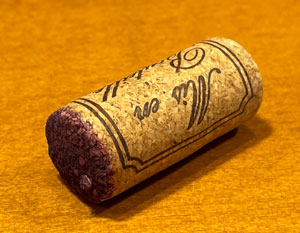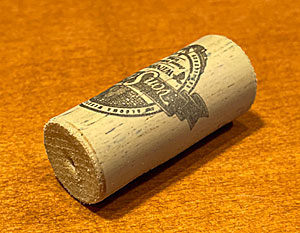


Although my observation is that the risk of cork taint in wine has been reduced over the past couple of decades, it does still exist, and some even maintain that it is an increasing problem, affecting up to 5 percent of wines. Cork taint is the result of a chemical compound that can occur in the bark of cork trees (a type of oak grown in Spain and Portugal) 2,4,6-Trichloroanisole or TCA, which produces a musty, moldy odor that people are sensitive to in varying degrees. Although harmless to health, it is a fault that negatively impacts the enjoyment of a wine. Whether because of this risk or other factors such as cost or convenience, some producers have turned to other ways to close their wine bottles. These include corks that are made from bark that has been ground up, processed to eliminate TCA, and reconstituted as corks; synthetic stoppers manufactured to look and feel as much as possible like natural cork; ever-increasingly popular screw caps; rarely-seen glass stoppers; and plastic plugs. Plastic plugs are my absolute least favorite solution. They are hard to extract, hard to reinsert, and regardless of what the plastics industry continues to assert, nearly impossible to recycle.
